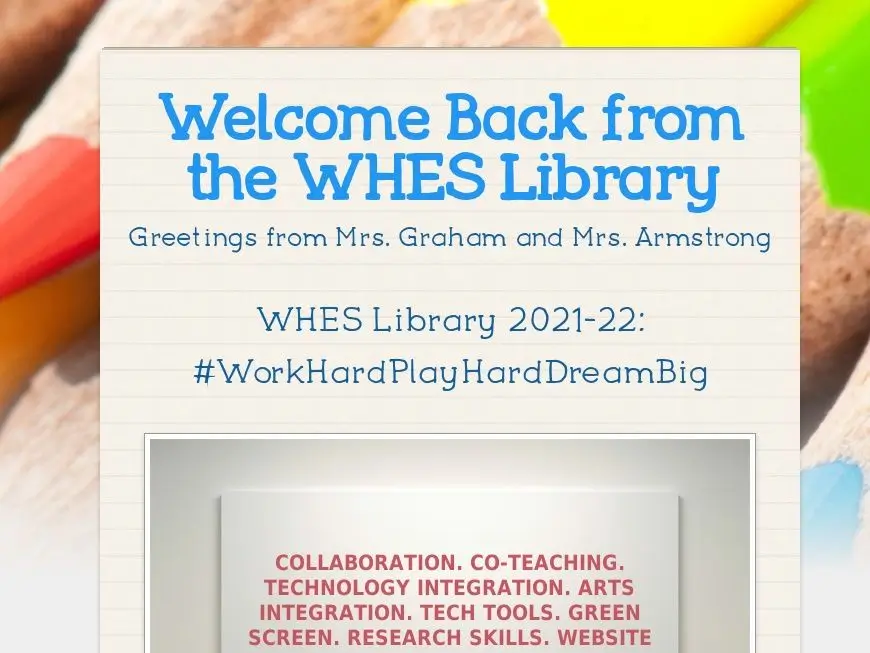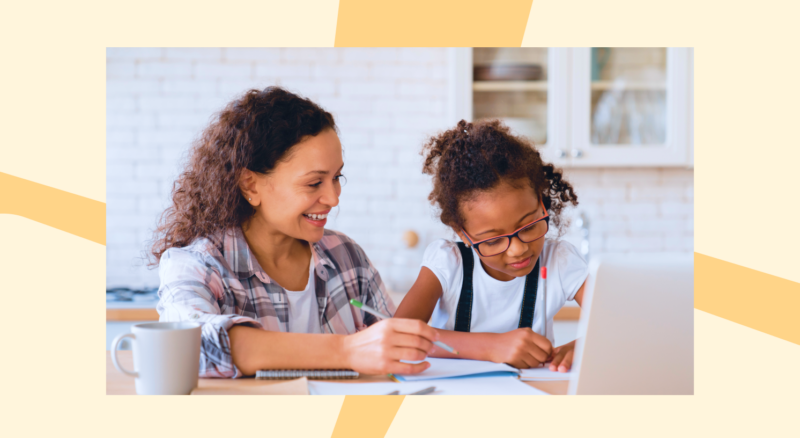5 Communication Tips for School Librarians

As technology becomes more ingrained in classrooms and libraries, the very nature of school librarians has changed, as well. Recent reports demonstrate that the role of school librarians has swiftly expanded to include areas like instructional coordination, digital literacy, audio-visual services, and more. At the same time, 25% of school-aged children still live in households without broadband access, which means that a great deal of research and technology instruction takes place within school walls, and is guided by faculty like school librarians. This all means that, for school librarians, there’s a lot to communicate, across a range of topics, and with a wide variety of very busy readers: parents, colleagues, and community members.
With so much responsibility now on their shoulders, how do school librarians keep everyone engaged in what’s going on? How do they ensure that their communications actually get read?
We recently spoke with school librarian Elizabeth Graham — who herself teaches information literacy, collaboration, and research skills — and who, along with her own school newsletter, shared five keys to successful library communication.
1. Keep it short, sweet, and mobile-friendly – Parents and faculty are super-busy, and oversaturated with information. Elizabeth Graham shared that she tries to stick to only the most essential information and limit long text and paragraphs. “I focus on the top things I want to communicate with my audience and try to stick with that.” As Orwell wrote, “if it’s possible to cut a word out, cut it out.”
Keeping communications timely and to the point will help keep the reader’s attention and draw them into the substance of your message. Increasingly, more people open emails on their mobile devices than on either desktop or web, and small screen sizes mean less space (and time!) in which to hook the reader. In Elizabeth’s school newsletter, her “cut-to-the-chase” method is apparent: every graphic has a short title or explanation, making her newsletter quick and easy to scan.

2. Share events, both in-person and online – As school library programming grows, so too does the likelihood that parents might not know what’s available to them, or what events are important to attend. With that in mind, Elizabeth uses her newsletter to communicate virtual resources, as well as physical events like book fairs. And with a wealth of resources available via live video, it can often be helpful to share things like virtual tours or online book readings.

3. Collaborate with colleagues – Research shows that “the success of a school librarian depends largely on collaboration with classroom teachers.” Before sending out communications to let others know what’s going on, check in with other faculty members to see what library-centric events they might have in mind, or that might benefit their readers.

4. Break up text and keep it visual – When writing a school library update, it can often be best to take cues from kids’ books — keep the text simple and intersperse images. As Elizabeth notes, “I think my newsletters are effective because I break up the text with images, videos, and links via buttons…I can combine text and graphics in an engaging way.”
Using a mix of links, photos, videos, and texts will elevate your school communication. Families are able to easily comb through the content and not be overwhelmed if they need to revisit the newsletter for specific information, for example, to check an event date or the summer reading list.
Elizabeth adds, “I try to select appealing backgrounds, colors, and fonts to catch the attention of viewers.” Her attention to aesthetics is a point we’ve often heard from educators. And broadly, 91% of readers now prefer visual content over traditional, text-based communications, which means that parents are far more likely to engage with interactive, visual library updates.

Experiment with different kinds of visuals on a weekly basis, and see what resonates with your readers!
5. Use templates to save time
How did it get so late so soon?”
—Dr. Seuss
Curating and organizing content into an update that families and faculty will actually read is no quick task. Elizabeth shared how she cuts out extra effort: “I reuse newsletter designs that I have done before and update the necessary information. This saves me a lot of time.” And while plagiarism is a big no-no in books and school papers, duplicating your own work week-to-week can save you hours of time!

Depending on your communication, you can use newsletter templates to create familiarity for the reader. For example, your weekly newsletters might look very similar to one another, but your book report newsletters or your monthly newsletters may have a design of their own.
A Real School Newsletter Example
You can find Elizabeth’s newsletters on Smore’s school newsletter template center, the Educator Hive. If you have a great newsletter of your own that could help and inspire other librarians, we hope you add it, as well!
Duplicate this newsletter FREE

Related posts:
📚 Spicing Up Book Reports: A template for using school newsletters to assess reading comprehension
Watch: How librarian Stephanie Galvan Russell creates immersive content using Smore 👇
Subscribe to Smore Blog
Get the latest posts delivered right to your inbox





